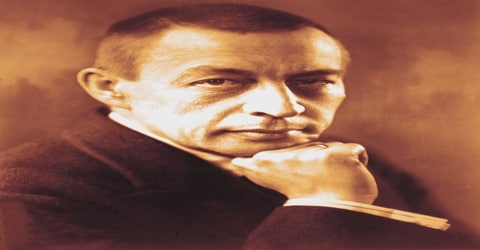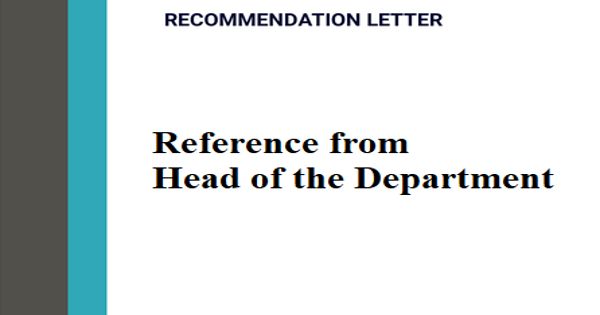Implicit Favorite Model or Retrospective Approach to Decision Making
In this model, the decision maker is both irrational and biased in this decision maker makes a decision on without evaluating the alternatives. This approach is applicable in non-programmed decisions. The decision maker makes a decision what he thinks is best suited. In this approach, the manager first chooses an alternative solution to the problem and highlights its strength, and compare with other alternatives and then identifies its drawbacks. The implicit favorite decision-making model provides the decision maker a means to evaluate other solutions against a perceived best decision. Once all other solutions are found to be less favorable than the implicit favorite, the implicit favorite solution is selected. This is done with a view to proving that the alternative selected by him is the best solution to the given problem. However, another alternative which seems to be similar to the implicit favorite is short listed and is taken as second confirmation candidate. This approach can be observed in the purchase of various favorite items in which a customer gives arguments in favor of his choice on the basis of norms such as price, quality, appearance, easily availability, after-sales service etc. to reject other items of same utility.
The implicit favorite model developed by Spielberg (1967) emerged well he observed the job choice process of graduating business ‘students and noted that, in cases, the students identified implicit favorites very early in the recruiting and choice process. He made an observation regarding the job choice processes of graduating business students and noted that, in many cases, the students identified implicit favorites (i.e. the alternative they wanted) very early in the recruiting and choice process. However, students continued their search for additional alternatives and quickly selected the best alternative.
However, they continued their for additional alternatives and quickly selected the best alternative candidate, known as the confirmation candidate. Next, the students to develop decision rules and demonstrated unequivocally that the implicit favorite superior to the alternative confirmation candidate. This stimuli perceptual distortion of information about the two alternatives and through weighing systems designed to highlight the positive features of the implicit favorite. Finally, after a decision rule was derived that clearly favored the implicit favorite, the decision was announced. Ironically, Spielberg noted that the implicit favorite was typically superior lo the conformation candidate on only one or two dimensions. Even so, the decision makers generally characteristic their decision rules as being multi-dimensional in nature.
The total process is designed to justify, through the guise of scientific rigor, a decision that has already been made intuitively. By this means, the individual becomes convinced that he or she is acting rationally and taking a logical, reasoned decision on an important topic.
Information Source:
















